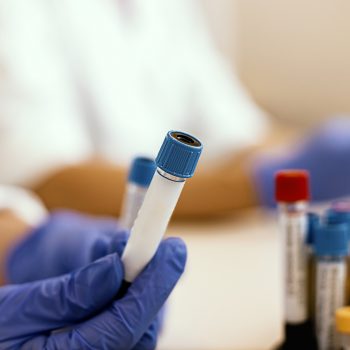More diagnoses, but many cases are still undiscovered. In Italy the number of celiac patients is increasing, but for over 400 thousand people the disease has not yet been diagnosed. These are some of the data contained in the 2016 annual report on celiac disease sent to Parliament. We discuss the topic with Dr. Paoletta Preatoni, gastroenterologist and digestive endoscopist at Humanitas.
The numbers
The report showed 198,427 diagnosed, celiac patients, who were mostly women. There are 138,902 female individuals who have been diagnosed with this pathology compared to just fewer than 60 thousand men (59,525 the exact number). Therefore, the proportion is two to one.
Following the official implementation of the new diagnostic protocol, an increase in diagnoses has emerged. In 2016 the total number of new diagnoses was 15,569, an increase of more than 5,000 diagnoses compared to 2015. The increase in the number of patients diagnosed with celiac disease is certainly affected by two factors: – explains Dr. Preatoni – increased sensitization associated with greater knowledge of doctors, especially general practitioners, non-specific clinical manifestations and alterations in laboratory tests with which the disease can be associated (e.g. abdominal swelling, hypertransaminasemia, sideropenia, infertility) even in the absence of a frank framework of malabsorption, which have led to a greater use of serology “.
The second factor – continues the specialist – is linked to the screening of all first-degree relatives of celiac patients who in the vast majority of cases are asymptomatic and have no laboratory changes “.
Lombardy is confirmed as the region with the most conspicuous presence of people with celiac disease, and particularly in this same region there has been the greatest increase in new cases. The age group between 19-40 is the one in which the presence of celiac disease is most concentrated.
As far as non-diagnosed celiac patients are concerned, the estimates reported by experts in 2016 refer to 407,467 individuals whose pathology is not currently identified. “The symptomatic celiac disease – explains the doctor – is only the tip of an iceberg, there is a submerged asymptomatic or paucisymptomatic population that does not seek the attention of doctors and as such it is not screened until the appearance of symptoms or laboratory alterations that may indicate this type of diagnostic suspicion”.
The disease, how to diagnose it
Celiac disease is a chronic inflammatory disease that affects genetically predisposed individuals. The disease tends to affect around 1% of the world’s population in many countries. The ingestion of gluten, the complex protein present in various cereal-based foods such as wheat, leads to atrophy of the intestinal villi, the folds raised by the intestinal mucosa.
For this reason, a gluten-free diet is still the only therapy for people suffering from celiac disease. Thanks to the gluten-free diet there is a remission of symptoms, both in intestinal ones (abdominal swelling, difficulty in digestion) and non-intestinal symptoms (such as early fatigue and headaches).
Precisely the atrophy of intestinal villi is one of the elements taken into account for the diagnosis of the disease. This is done with blood analysis by dosing specific antibodies and more specifically with a small intestinal biopsy to assess the level of atrophy. Biopsy may be avoided in children with certain characteristics.










